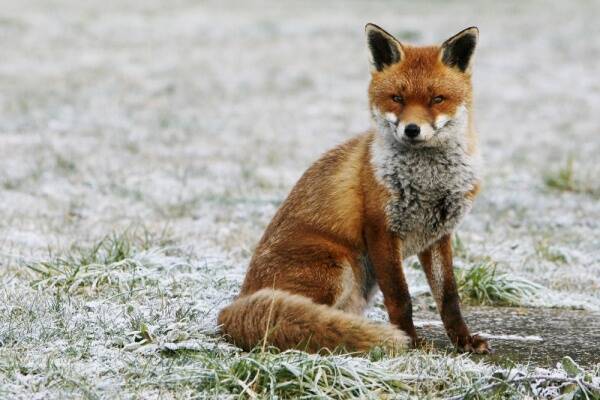
RESEARCH of where foxes, other introduced and native species are and their impact on the environment is the aim of the second Great Poo Hunt set to get under way by the state government shortly.
Subscribe now for unlimited access.
or signup to continue reading
The Department of Primary Industries, Parks Water and Environment Invasive Species Branch will begin the second predator scat survey in March, which will cover only the East Coast.
It follows surveys that took place from 2008 to 2010 that covered the state.
A significant difference of this survey will be the use of the latest DNA technology to identify more precisely the animal from which the scat came, as well as its diet, with particular interest on if the animal had eaten any rare Tasmanian species.
According to the project's research officer Elise Dewar, the initial surveys by the fox eradication task force were aimed purely at identifying areas where foxes may roam.
However, the new survey was broader and aimed at not only introduced species like foxes and feral cats but also Tasmanian devils and Eastern quolls she said.
"This is a much broader program and there is a defined map of the sites we will visit, and ultimately it will be able to help in the planning of lots of other conservation programs," Ms Dewar said.
The new survey will cover up to 300 identified areas taking in privately owned and Commonwealth land including national parks, and reach to the West past Launceston, the Central Highlands and Huon Valley.
Some of the areas identified in the earlier surveys would be revisited.
Ms Dewar said the East Coast was the only area in the survey partly because of a lack of resources to cover the whole state, however, it also takes in a large Tasmanian devil habitat and their decline was a concern.
She said they were expecting to yield up to 3000 scats over the course of the study to June.
No new fox evidence has been found in the state since July 2011 and the state government cut funding for fox-baiting in June 2013.
The scats collected will be analysed by the University of Canberra's Institute for Applied Ecology using an advanced genetic analysis technique called next generation sequencing.
At least 40 volunteers are being sought to help collect the scats.
For more information or to register visit the DPIPWE website or email Elise.Dewar@dpipwe.tas.gov.au.













